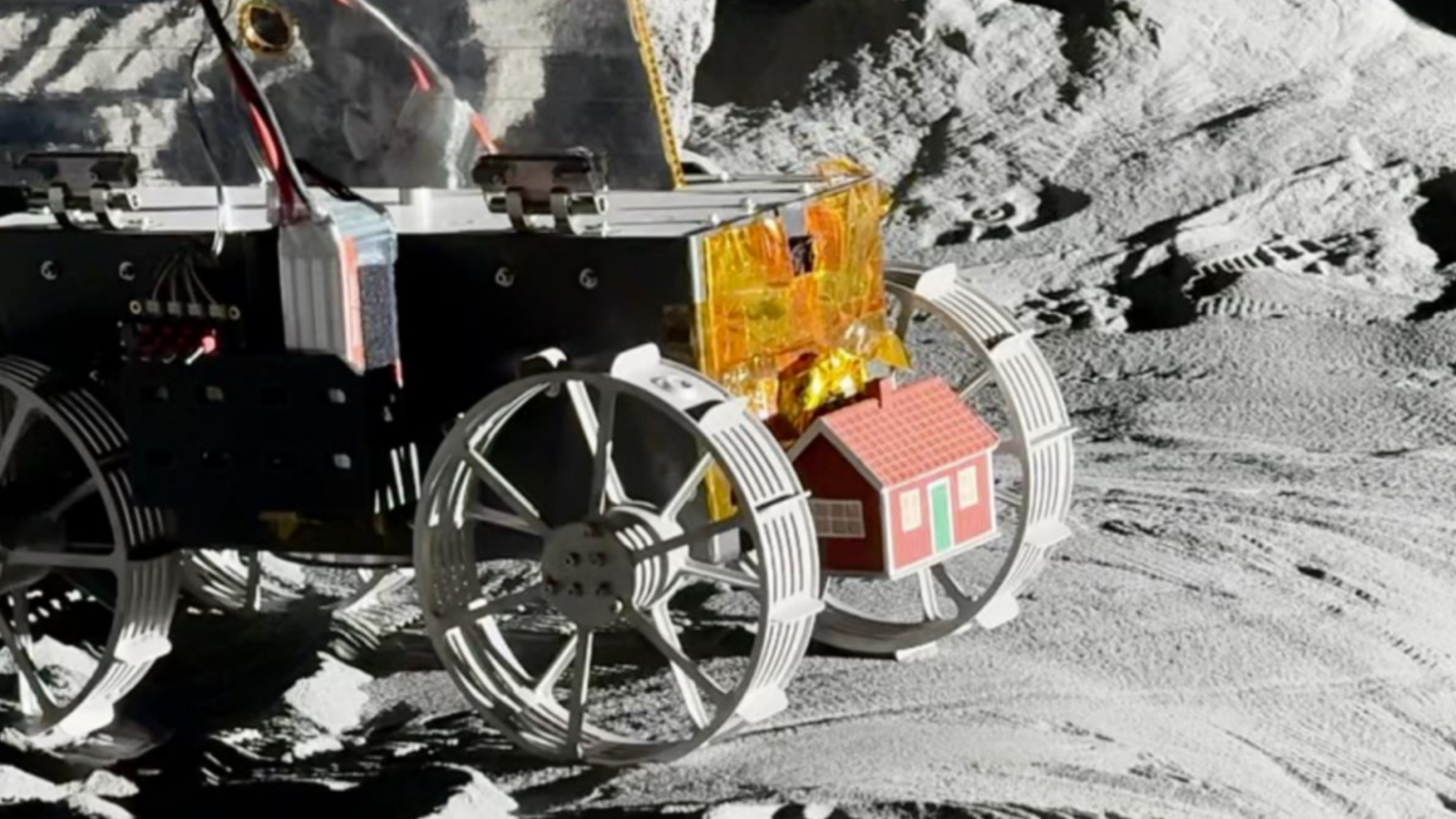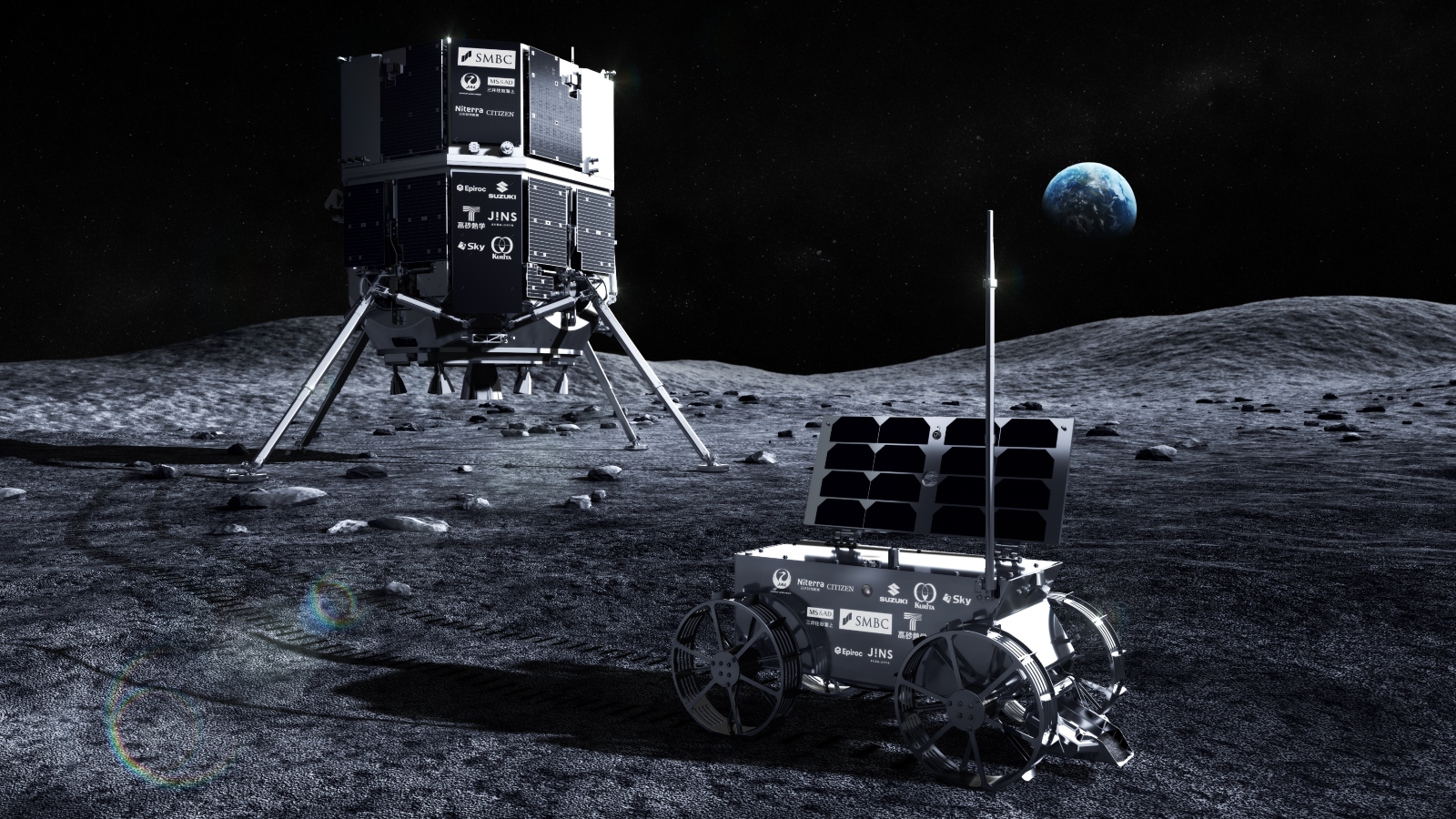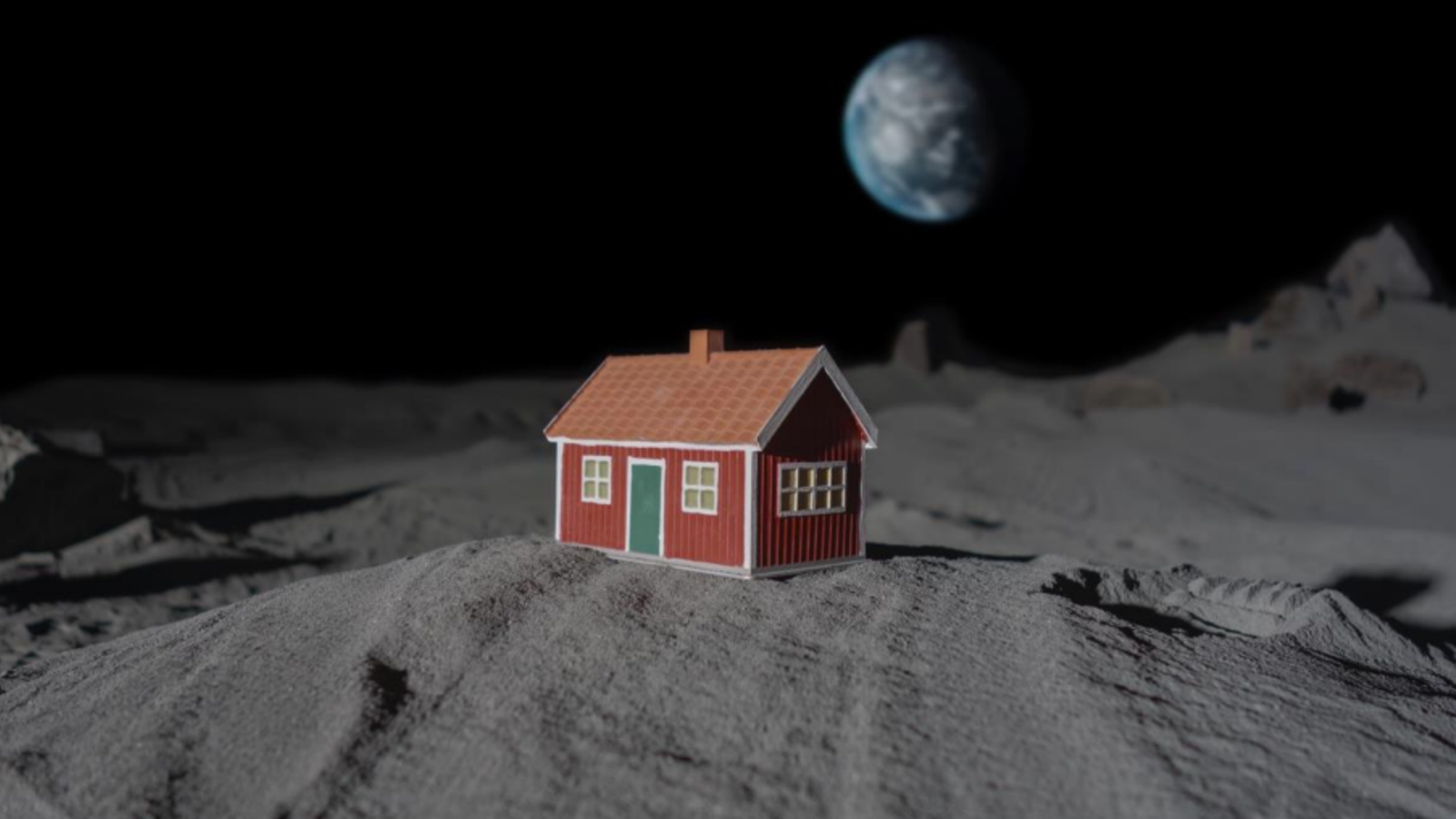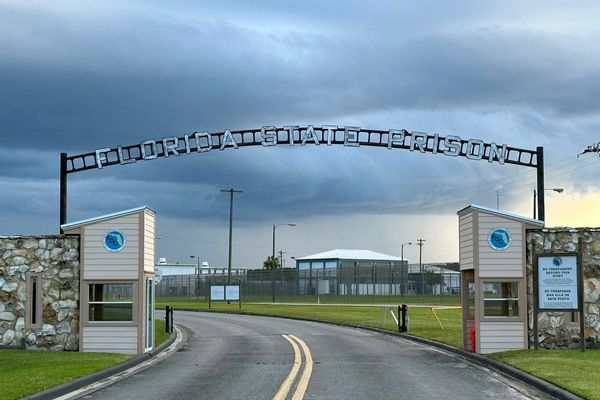
Editor's note: This story was updated at 12:00 p.m. on Friday (June 6) with new information from ispace.
A private Japanese moon lander — which was carrying Europe's first lunar rover — has likely been destroyed in a "hard landing" after ground control suddenly lost contact with the spacecraft on Thursday (June 5).
Mission control lost contact with the lander, known as "Resilience," at 3:17 p.m ET, just as it was attempting a lunar touchdown, and was unable to restore it as of Friday morning.
"As of 8:00 a.m. on June 6, 2025, mission controllers have determined that it is unlikely that communication with the lander will be restored," Japanese company ispace wrote in a statement posted to X. "It has been decided to conclude the mission."
It is highly unlikely that the European rover, or any of the spacecraft's other payloads, can be deployed.
The rover, known as "Tenacious," is one of several payloads carried aboard Resilience, the second Hakuto-R lander made and operated by ispace. The spacecraft attempted to touch down in an unexplored region of the moon's northern hemisphere known as Mare Frigoris, or the "Sea of Cold," after spending just over a month in lunar orbit.
Resilience is the third Japanese lander to attempt to touch down on the moon, following ispace's first Hakuto-R lander, which crash-landed in April 2023 after losing contact with its operators in orbit, and the Japan Aerospace Exploration Agency's SLIM lander (or "moon sniper"), which landed upside down in January 2024 but unexpectedly survived two lunar nights.

Moon milestones
Resilience launched Jan. 15 on board a SpaceX Falcon 9 rocket from NASA's Kennedy Space Center in Florida, Live Science's sister site Space.com reported at the time. The same rocket also launched Firefly Aerospace's Blue Ghost lander, which successfully landed on the moon on March 2, after taking a more direct route.
Related: 'Everything has changed since Apollo': Why landing on the moon is still incredibly difficult
Resilience would have been just the second private lunar lander to complete a soft landing on the moon. Its main payload, the Tenacious rover, would be the first European-built vehicle to roam the moon.
Tenacious is small, measuring roughly 21 inches (54 centimeters) long and weighing just 11 pounds (5 kilograms). But its most-talked-about payload — a tiny, red house dubbed "The Moonhouse" — is even teenier, standing just 4 inches (10 cm) tall. The art piece, dubbed the "first house on the moon," was created by Swedish artist Mikael Genberg, who first envisioned the project in 1999.
"To me, the Moonhouse is both a shared achievement, something made possible by the efforts of many individuals, but also a profoundly personal thing," Genberg recently told Space.com. "It's a small house in a vast, empty place, a symbol of belonging, curiosity, and vulnerability."

Other experiments
Tenacious planned to roam the Sea of Cold for up to two weeks. It would then likely die during the "lunar night," when its solar panels can no longer collect light, according to ESA.
During this time, the rover would have conducted various additional experiments, including using a tiny scoop to collect a small amount of lunar regolith, which could be returned to Earth on a future mission. NASA has already agreed to buy the sample for $5,000, according to Sky News.
The Resilience lander also carryied several other payloads, including the Water Electrolyzer Experiment, which aimed to demonstrate the feasibility of producing oxygen and hydrogen from "lunar water resources"; an algae-based food production module, which would have attempted to grow the photosynthetic organism as a potential future food source for lunar astronauts; and the Deep Space Radiation Probe, which would have tracked the amount of radiation the lander will experience on the moon, according to Space.com.







